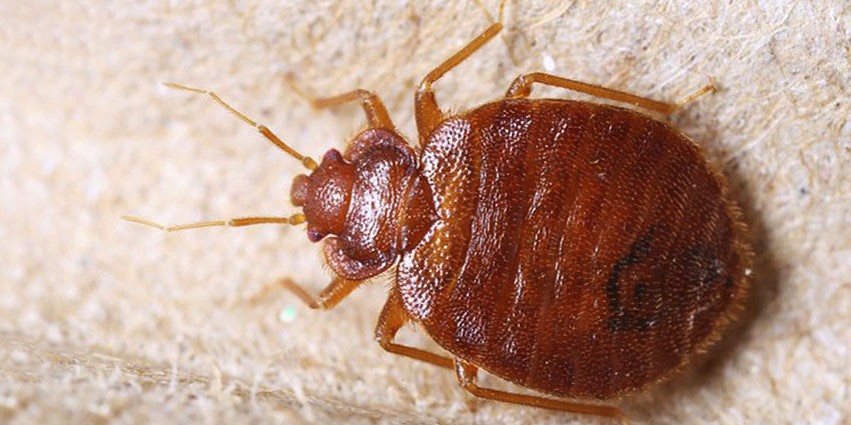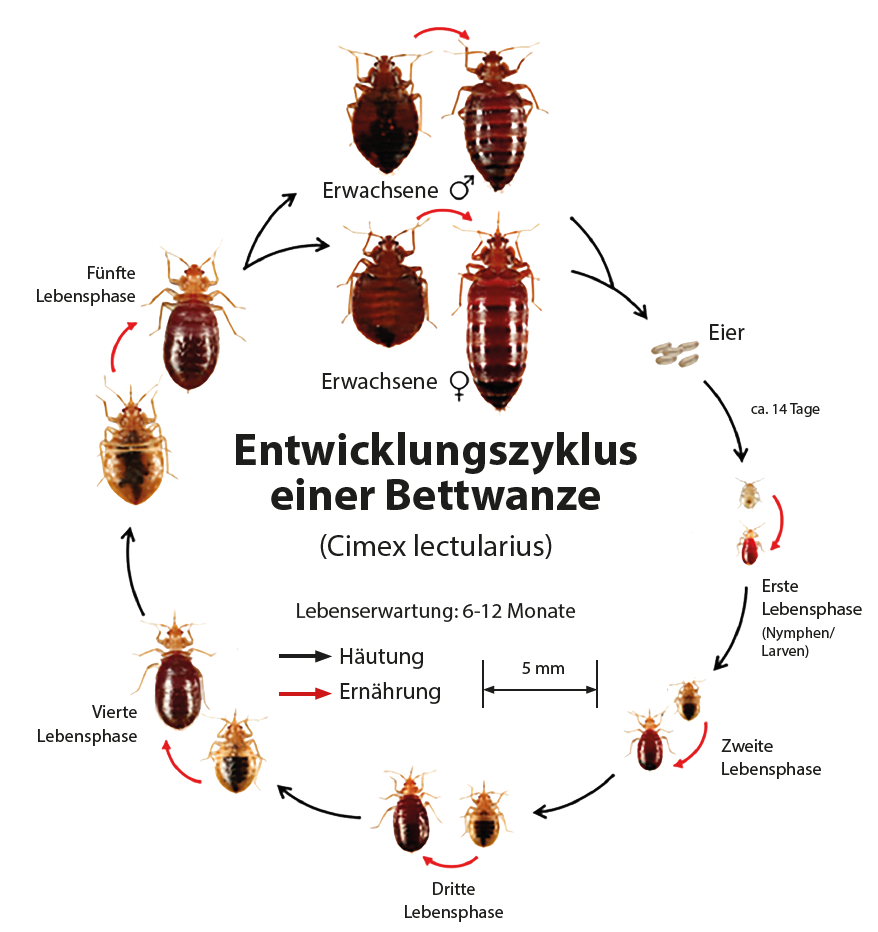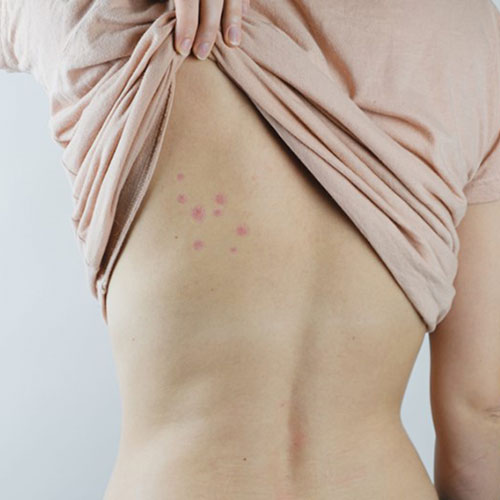Bed bugs
Recognize bed bugs correctly
Annoying parasites in a vacation paradise
Bedbugs are booming again. The reason is the great passion for traveling to distant countries and cities. In hotels, guesthouses and youth hostels, the tiny parasites nest unnoticed in suitcases and bags and thus find their way to us and can multiply unnoticed. Once they have found a new environment, bedbugs multiply rapidly. They prefer to colonize nooks and crannies in our rooms. We often only notice an infestation when the bugs have already spread considerably. Experts report a significant increase in bedbug cases in Germany and Austria.
The problem: bedbugs are resistant to most conventional insecticides. They are also difficult to track down and perfectly suited to our modern furnishing style. Professional pest control is therefore essential.
Bed bugs are on the rise again! Why?
- Bans on various pesticides have led to a sharp increase in populations for years.
- We travel more often and further than we did 20 or 30 years ago – for business and pleasure.
- The movement of goods and people from other countries and continents continues to increase.
- Second-hand and antique purchases also encourage the spread of bedbugs.
DNA test - bed bug monitoring
This unique PCR test for the detection of bed bugs was developed by Sinsoma GmbH under the direction of Dr. Michael Traugott (Professor at the University of Innsbruck).
Easy to use – Reliable results (99.9%) – Makes early detection possible!
The bed bug
reaches a length of 4-9 mm depending on the food intake. It feeds exclusively on human blood, preferably at night. The adults are reddish-brown and turn dark red after sucking blood. Bed bugs can live for up to a year and lay around 150 eggs during their lifetime.
THE DEVELOPMENT TIME is highly temperature-dependent.
Below 13 Cº development stops, above 40 °C activity decreases and mortality increases. Depending on the amount of food and temperature, a female can lay up to 25 eggs per week, up to a total of 500 in the course of her life.
Shy of light, sting mainly at night on uncovered parts of the body (hands, arms, neck and face).
During the day, they hide in cracks, mattresses, masonry, etc.
They secrete a foul-smelling secretion.
Bed bugs can survive for up to 10 months without feeding. During this time, there is a risk that the bedbugs will spread unnoticed in the house.
Signs of bed bugs
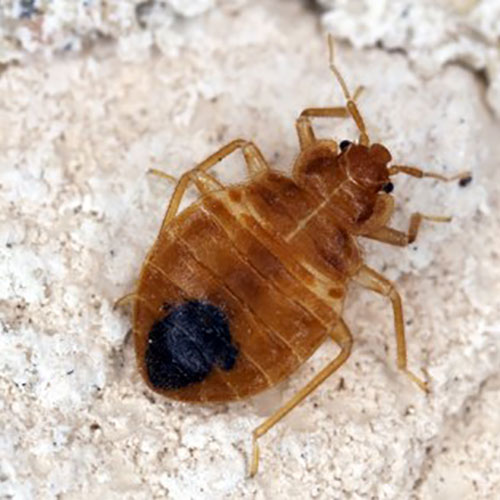
Sighting of a live bed bug
Bed bugs are 4-9 mm in size, flat and reddish-brown in color. Their size and color intensify with increasing blood absorption. Due to their nocturnal activity, they often hide in areas that are difficult to access during the day.
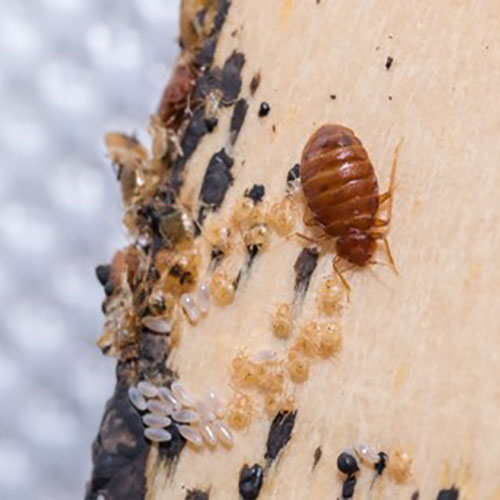
Sighting of dead bed bugs or nymph skins
Bed bugs go through various stages of development, from larvae to adult bed bugs. Shed nymph skins and dead bed bugs are often found in hard-to-reach corners, in carpets, on walls or on the bed base.
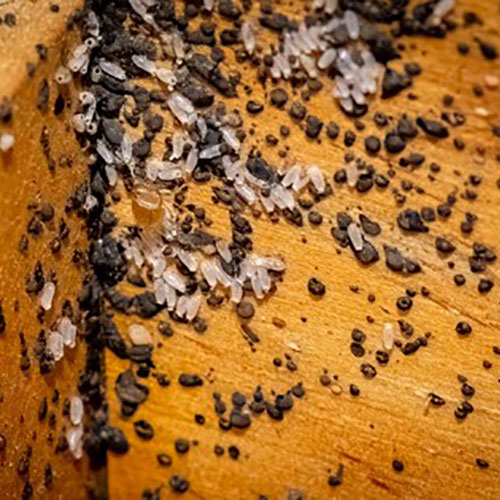
Bed bug eggs
The eggs of bed bugs are difficult to recognize with a size of approx. 0.5 mm. However, they can be discovered in cracks and crevices using a magnifying glass and a flashlight.

Odor
If the infestation is severe, a sweet smell, similar to the smell of coriander fruits, can be detected in the room. This feature can be used for training purposes by providing coriander fruits for odor identification.
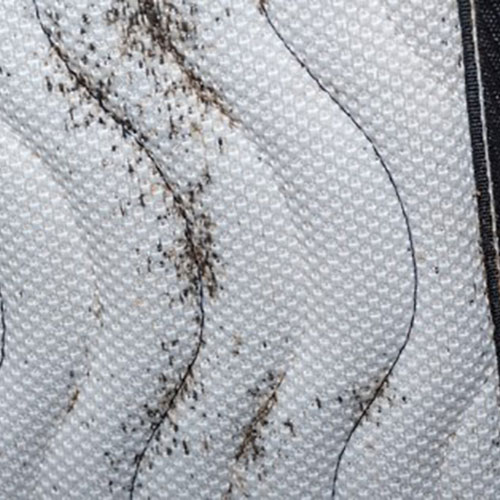
Droppings
Bed bugs leave traces of feces in places where they stay. These marks are particularly visible on and under the mattress.
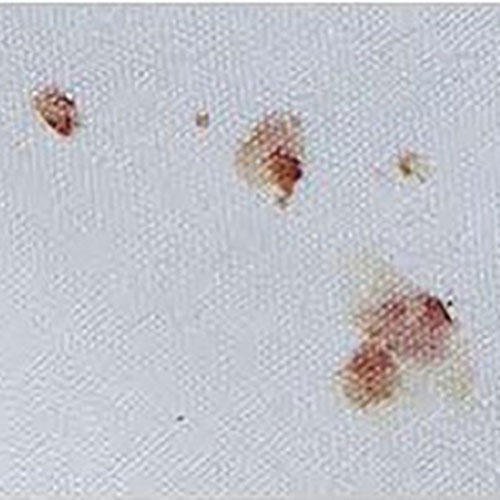
Traces of blood in the bed linen
Frequent bites from bedbugs often lead to blood stains on the bed linen, which can be a clear sign of an infestation. Immediate action should be taken in the event of such signs.
Bed bug bite
As the bedbug’s saliva has an anesthetic effect, the severe itching caused by the bites is often only noticed later. The bugs usually bite several times in a row in a line until they find a suitable source of blood. To date, 28 pathogens have been detected in bedbugs.


